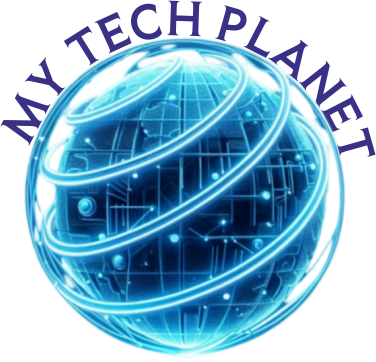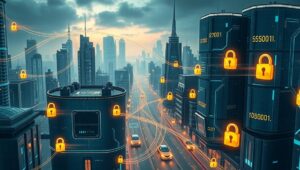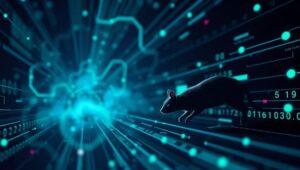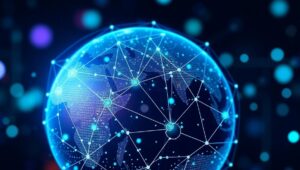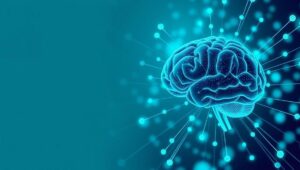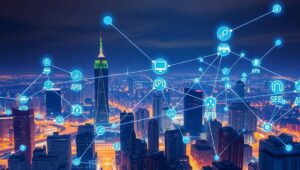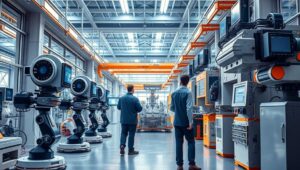May 25, 2025
Homomorphic Encryption: Practical Applications by 2028?
Homomorphic encryption (HE) is a cryptographic technique that allows computations to be performed on encrypted data without decrypting it first. This means data can be processed and analyzed without ever being exposed in its raw, vulnerable form. While the concept has been around for decades, recent advancements are bringing practical applications closer to reality. What is Homomorphic Encryption? Imagine a safe where you can put valuable items. Normally, to use those items, you’d have to open the safe, exposing them to potential theft. Homomorphic encryption is like a special safe that allows someone to work with the items inside without
